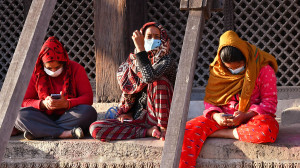Nepali Diaspora
Affordable places for Nepali students in Gwangju
Explore optimal housing choices for comfortable living without much financial pressure in this South Korean city.
Post Report
Buk-gu
Buk-gu is one of the most vibrant and populated districts in Gwangju. It is student-friendly and home to Chonnam National University (CNU), one of South Korea’s top public universities.
Pros
The presence of Chonnam National University makes it an ideal area for students. It offers lower rent and living costs than cities like Seoul or Busan. The area is well-connected by extensive bus routes and provides close access to Gwangju Metro Line 1.
Cons
During the academic semester, student areas can get noisy and congested. Most local businesses here operate in Korean only, with fewer late-night entertainment options than downtown Gwangju.
Nam-gu
Nam-gu is known as the cultural and administrative centre of Gwangju. It houses the Asia Culture Centre, art museums, and government offices. It is suitable for those doing research and post-graduate programmes.
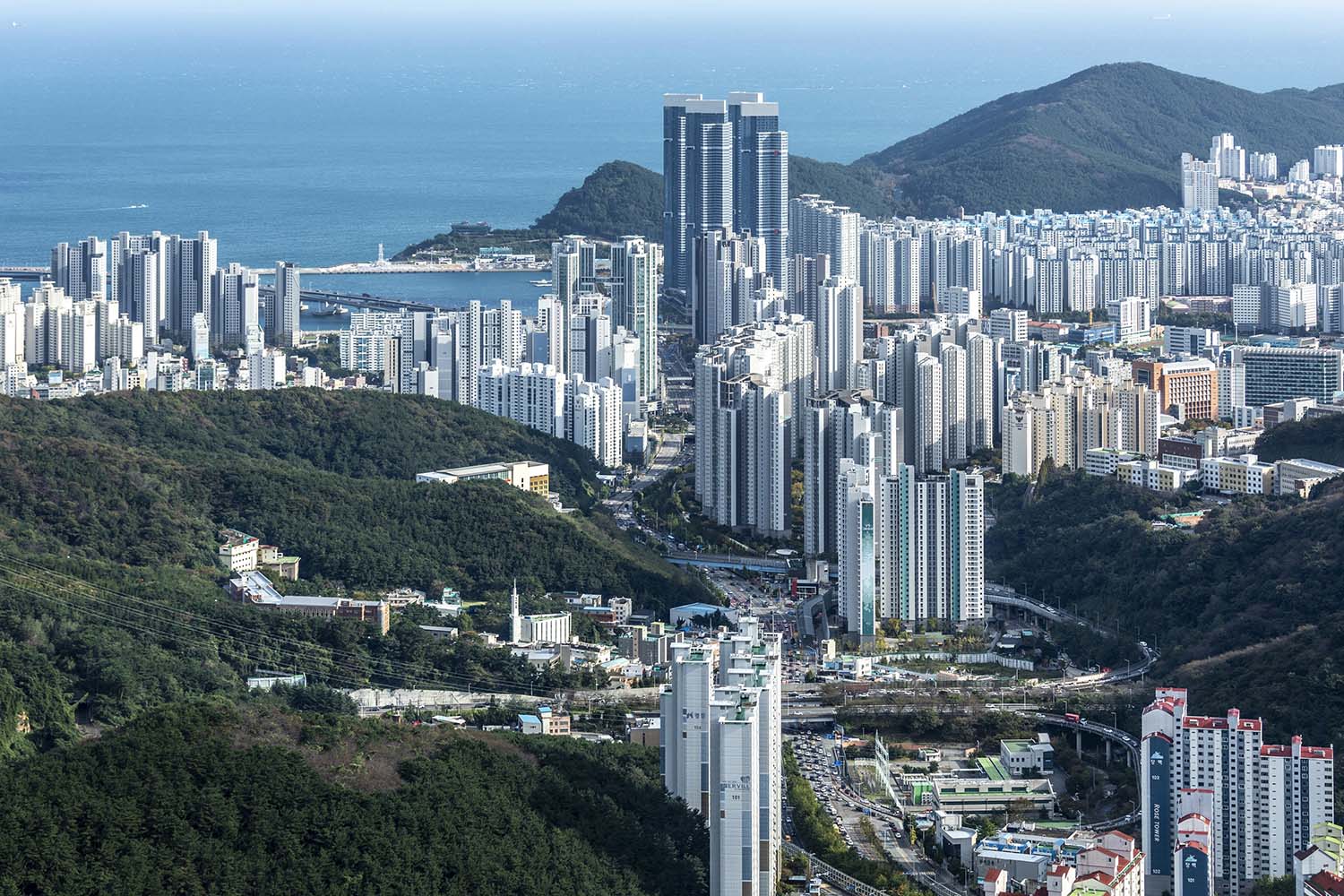
Pros
The area hosts several museums, including the Gwangju Biennale Exhibition Hall and Gwangju Museum of Art, along with parks like Gwangju Park and Sijak Park. It also offers easier access to embassies, administrative offices, and libraries.
Cons
Housing and amenities are slightly more expensive, with fewer student communities and limited options catering to Nepali or South Asian residents.
Gwangsan-gu
It is the largest district in Gwangju by area and is located in the western part of the city. It’s a growing industrial and residential zone with a mix of new developments, traditional markets, and rural scenery. It’s also home to Gwangju Airport.
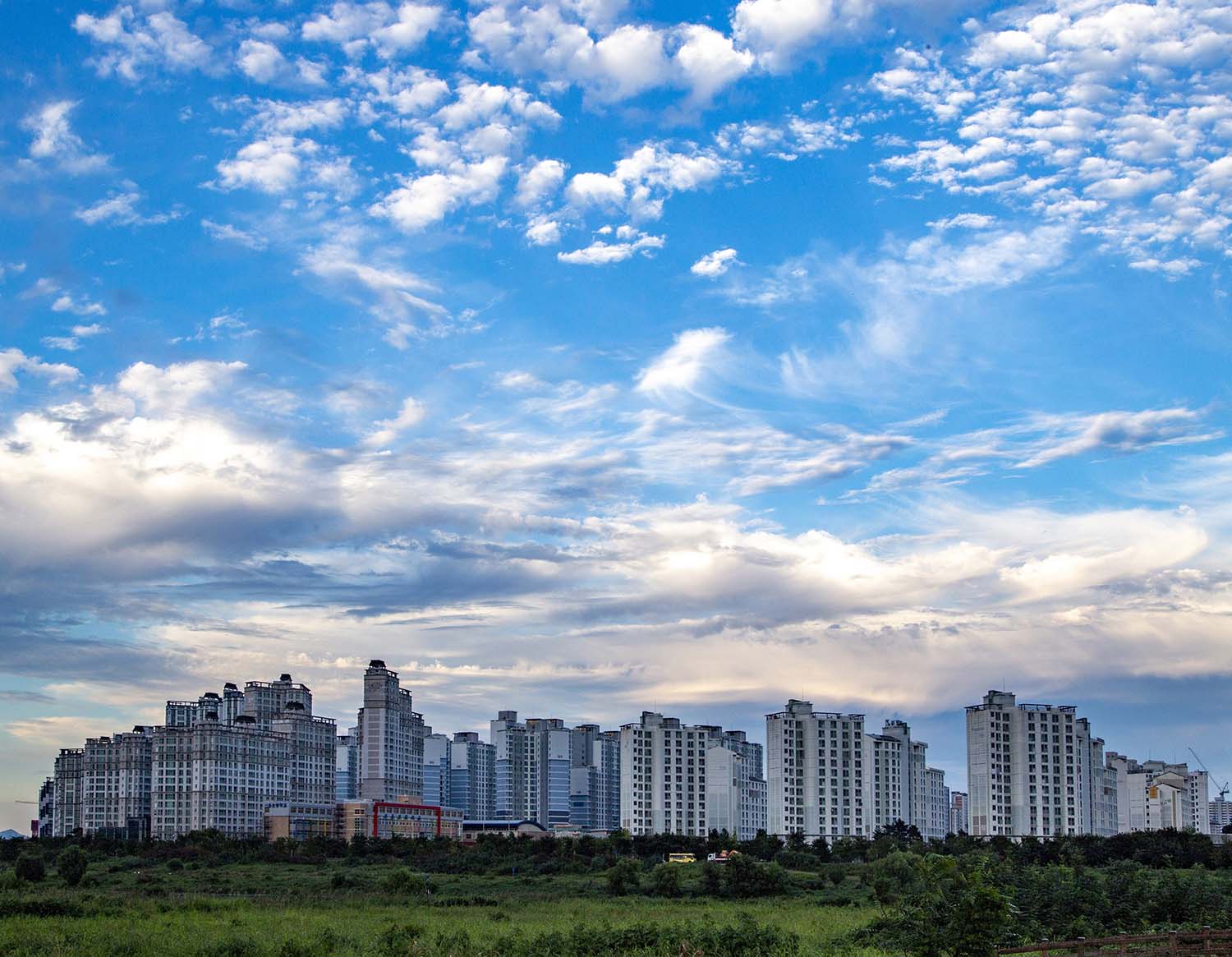
Pros
The area offers new apartment complexes with larger spaces at lower costs. Gwangju Songjeong Station, a KTX hub, provides convenient access to Seoul and Busan.
Cons
Travel times to central districts and universities are longer, with fewer campuses and student social hubs. The area is not a popular choice among international students.
Dong-gu
It is the historic and cultural heart of Gwanju. Mudeungsan mountain is a famous landmark in the district.
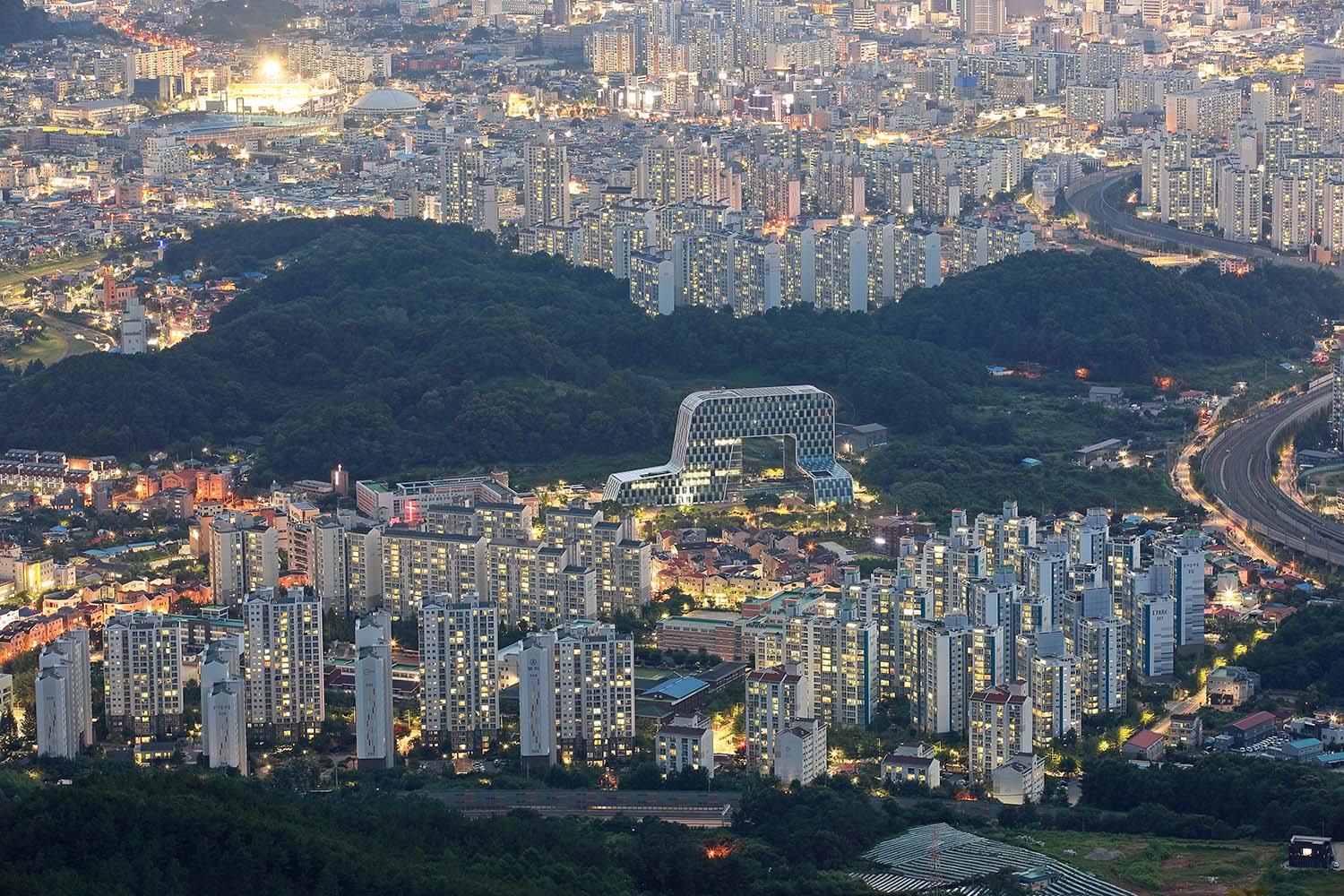
Pros
The area features the Asia Culture Centre, local museums, and traditional markets such as Yangdong Market. Its central location ensures convenient transportation across the city and is particularly suitable for students in the arts and humanities.
Cons
The area contains ageing infrastructure and has limited access to green spaces. Its central setting often results in heavy foot traffic, especially around tourist zones.
Seo-gu
It is a well-developed, upper-middle-class area located in the western part of Gwangju. It is also known for being clean, safe, and orderly.

Pros
The area offers modern living with abundant high-rise apartments, quality dining and excellent public facilities like Gwangju City Hall and large parks. Its proximity to malls such as NC Wave and Galleria adds to its appeal.
Cons
The cost of living is comparatively higher, with more expensive rent and dining than in districts like Buk-gu or Dong-gu. The area lacks a university presence and student atmosphere.
_____
Based on our conversations with the local Nepali students in Gwangju.




 10.12°C Kathmandu
10.12°C Kathmandu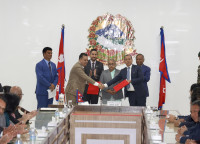

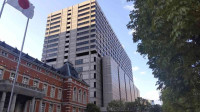



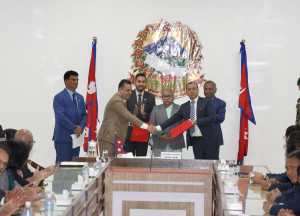
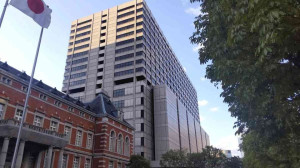



%20(1).jpg&w=300&height=200)

